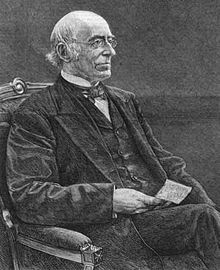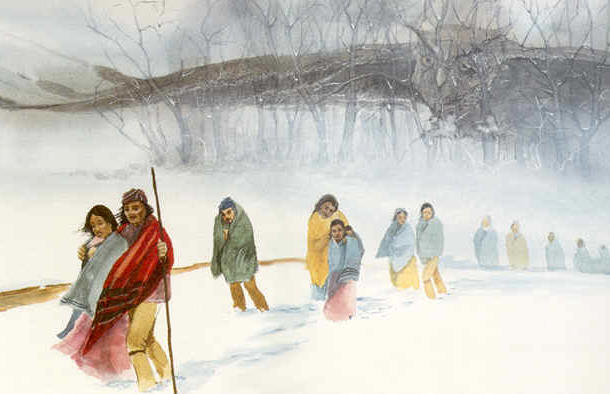The Emergence of the Abolitionist Movement
 |
| William Lloyd Garrison |
Since the birth of the United States there were people who believed that slavery should be illegal; however, the growth of abolitionism, or opposition to slavery, as an influential movement didn’t occur until the early to mid-1800s. William Lloyd Garrison is often considered the leader of this early movement, dedicating remarkable effort to the cause. Some of the ways he helped spread his ideas include the founding of the American Antislavery Society and his abolitionist newspaper, the Liberator. Abolitionism grew to become a large movement around the 1830s. Garrison’s organizations grew to over 1000 chapters, the Liberator and other newspapers with similar opinions saw greater circulation, and slavery became a more prominent political issue than ever before. A large number of slavery supporters also began reacting strongly to abolitionism at this time, both peacefully and violently.
The abolitionist movement in America is similar to that of the Chartists in England. Both held progressive views and sought to pass legislation that gave certain people more freedom, whether it was the freedom of all men to vote or of all people to live without an owner. They challenged the status quo and pushed what many thought were radical ideas allowing people too much liberty. However, both of these groups today would not have lived up to modern expectations of social equality. The vast majority of early abolitionists did not believe that African-Americans should have the same legal rights or be treated the same way in society, but only that they should not be subjected to forced labor. Similarly, the Chartists did not go so far as to support suffrage for all citizens, but only men. However, considering the mainstream views of the time, both were noble movements that believed in a freer world.
The Indian Removal Act
The Indian Removal Act, passed in 1830 under Andrew Jackson, displaced innumerable Native Americans from their homes and made them move to the West. Technically the law only called for the voluntary and peaceful relocation of Indians east of the Mississippi River, but in practice the tribes wishing to remain in their own state were compelled to leave, sometimes forcibly. The reason for this removal was to free the land the Native Americans occupied, especially in Georgia, where a dispute was occurring over Cherokee land. The rest of the South, a region Jackson clearly favored, was also eager to use the land inhabited by the Indians and strongly supported the legislation. The journey made by the displaced people is often called the Trail of Tears.
The Indian Removal Act can be compared to the suppression of revolution in the Austrian Empire. The governments of Austria and the US both exerted their rule over ethnic minorities (Native Americans and Hungarians) because of conflicting interests. US leaders and the Indians both wanted the land inhabited by the latter, and Austrian leaders and Hungarians both wanted to rule over Hungary. In both cases the established authorities won, using force to subdue their opponents if necessary. The outcomes of these events are unfortunate examples of greed as well as disregard for the views and desires of people who are seen as different because of their ethnicity.
The Indian Removal Act
 |
| “Trail of Tears” by Robert Lindneux |
The Indian Removal Act can be compared to the suppression of revolution in the Austrian Empire. The governments of Austria and the US both exerted their rule over ethnic minorities (Native Americans and Hungarians) because of conflicting interests. US leaders and the Indians both wanted the land inhabited by the latter, and Austrian leaders and Hungarians both wanted to rule over Hungary. In both cases the established authorities won, using force to subdue their opponents if necessary. The outcomes of these events are unfortunate examples of greed as well as disregard for the views and desires of people who are seen as different because of their ethnicity.